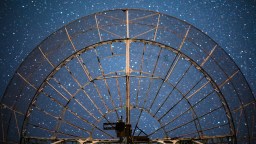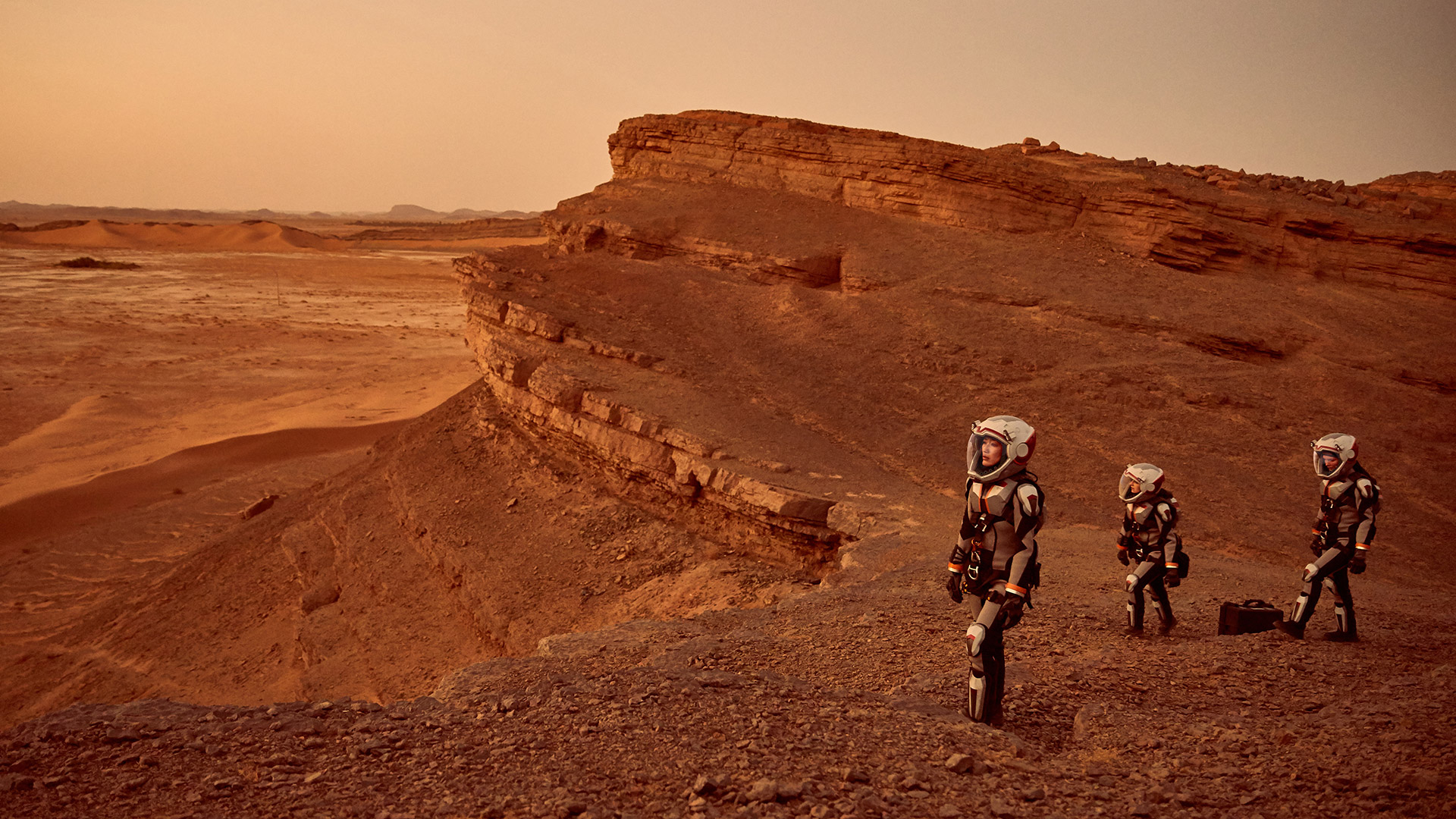colony
Once we discover alien life out there, humanity will never be the same.
▸
2 min
—
with
It seems inevitable that there will be a Mars colony, but the path there won’t be easy. There are two key challenges ahead that will push innovation.

